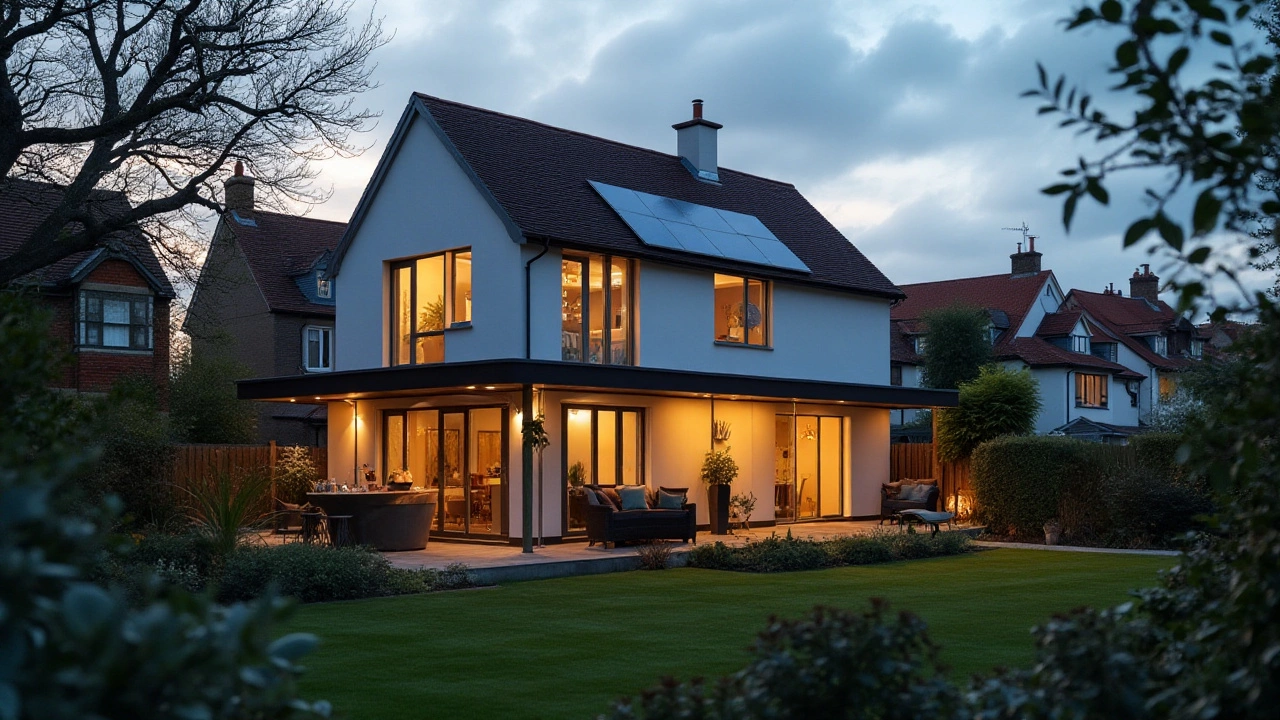Building a new home is an adventure that comes with many advantages and features tailored to modern living. From energy-efficient elements to state-of-the-art smart home technologies, new builds redefine comfortable living. Understanding these features is crucial for potential homeowners looking to invest in a new property. Dive into the world of new builds to discover what you can expect from contemporary design and innovative solutions.
Construction Trends 2025: What’s Shaping the Building Industry
If you’ve been keeping an eye on the building scene, you’ll notice a shift toward longer‑lasting materials, smarter design tools, and tighter safety standards. These trends aren’t just buzzwords – they’re the things that can cut costs, boost durability, and make a project finish on time. Below are the trends that matter most right now.
Durable Materials Take the Lead
Homeowners and builders are tired of fixing things every few years. That’s why stone, brick, and high‑performance concrete are back in the spotlight. Our recent guide on "Longest Lasting Materials for House Construction" explains how these options outlast cheaper alternatives and often require less maintenance. New composites, like fiber‑reinforced polymers, are also entering the market, promising the strength of steel with lighter weight.
Smart Planning with Simple Math
Even a basic tool like the 3‑4‑5 method is getting a modern makeover. Builders use the triangle trick to guarantee true 90‑degree corners, cutting rework and saving time. Pair it with digital layout apps and you get a fast, error‑free start. If you’re DIY‑oriented, mastering this method can make your shed or extensions look professional without pricey equipment.
Safety standards are evolving too. Type D construction, which focuses on fire‑resistant walls and stricter material checks, is becoming a requirement for many new builds. Understanding these rules early helps you avoid costly redesigns and keeps your project compliant.
Another trend is the growing awareness of how long a new building should settle before you move in. Our "How Long Should You Wait for a New Building to Settle?" article shows that most structures need anywhere from a few weeks to several months to reach stable dimensions. Planning around this timeline prevents surprise cracks and keeps interior finishes intact.
Raw material sourcing is also changing. Builders are opting for locally produced timber and recycled steel to lower carbon footprints and reduce transport costs. Knowing where your concrete, steel, or timber comes from can become a selling point for eco‑conscious buyers.
Technology isn’t just for big firms any more. Affordable BIM (Building Information Modelling) tools let small contractors visualize projects, spot clashes early, and produce accurate material take‑offs. The result? Less waste and tighter budgets.
Finally, interior design trends are feeding back into construction choices. Open‑plan layouts, larger windows, and flexible room divisions are driving changes in structural planning. If you’re thinking about a loft conversion, keep the average NZ loft conversion cost in mind – the trend is toward higher ceilings and light‑filled spaces, which can raise the budget but also the resale value.
In short, 2025’s construction trends are about lasting quality, smarter planning, and greener choices. Whether you’re a homeowner, a contractor, or just curious about the next big thing, applying these ideas now can save you money, time, and headaches down the line.
